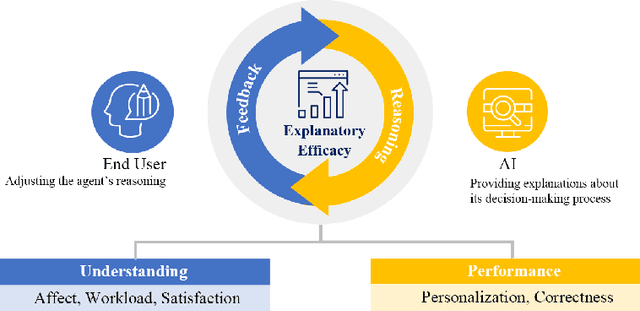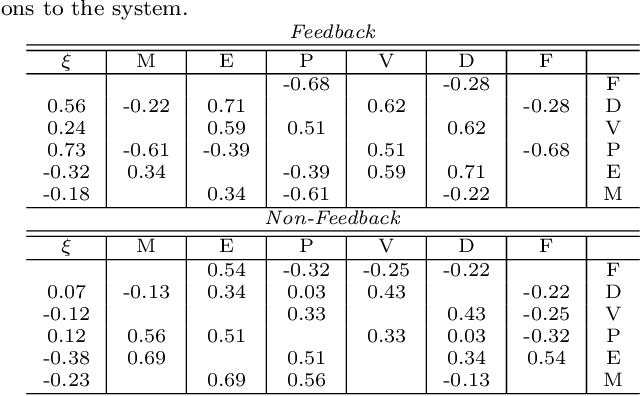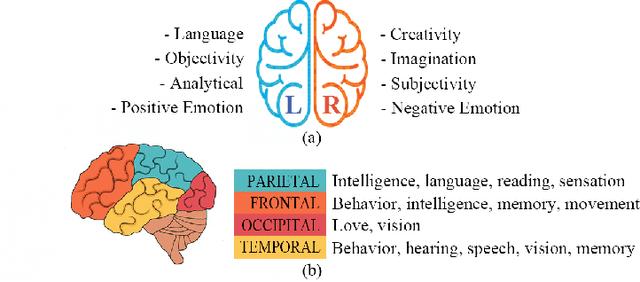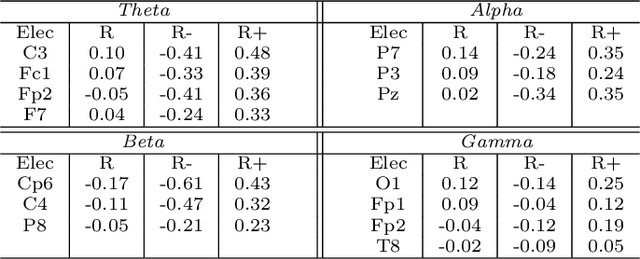Improved explanatory efficacy on human affect and workload through interactive process in artificial intelligence
Paper and Code
Dec 13, 2019



Despite recent advances in the field of explainable artificial intelligence systems, a concrete quantitative measure for evaluating the usability of such systems is nonexistent. Ensuring the success of an explanatory interface in interacting with users requires a cyclic, symbiotic relationship between human and artificial intelligence. We, therefore, propose explanatory efficacy, a novel metric for evaluating the strength of the cyclic relationship the interface exhibits. Furthermore, in a user study, we evaluated the perceived affect and workload and recorded the EEG signals of our participants as they interacted with our custom-built, iterative explanatory interface to build personalized recommendation systems. We found that systems for perceptually driven iterative tasks with greater explanatory efficacy are characterized by statistically significant hemispheric differences in neural signals, indicating the feasibility of neural correlates as a measure of explanatory efficacy. These findings are beneficial for researchers who aim to study the circular ecosystem of the human-artificial intelligence partnership.
 Add to Chrome
Add to Chrome Add to Firefox
Add to Firefox Add to Edge
Add to Edge